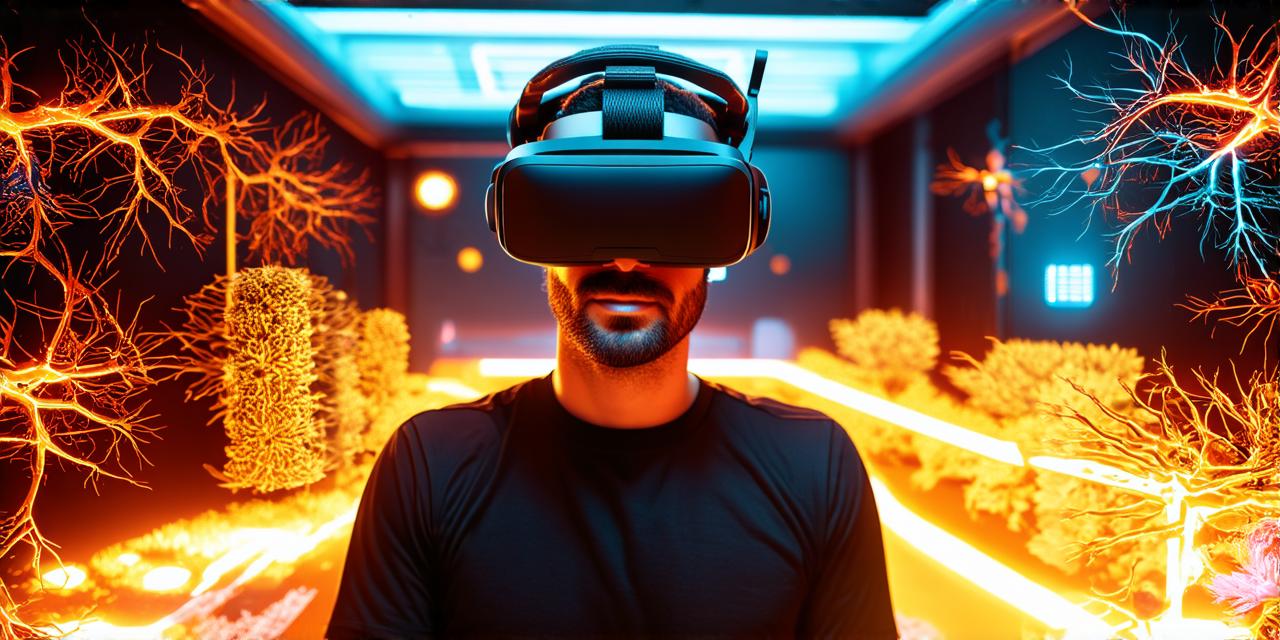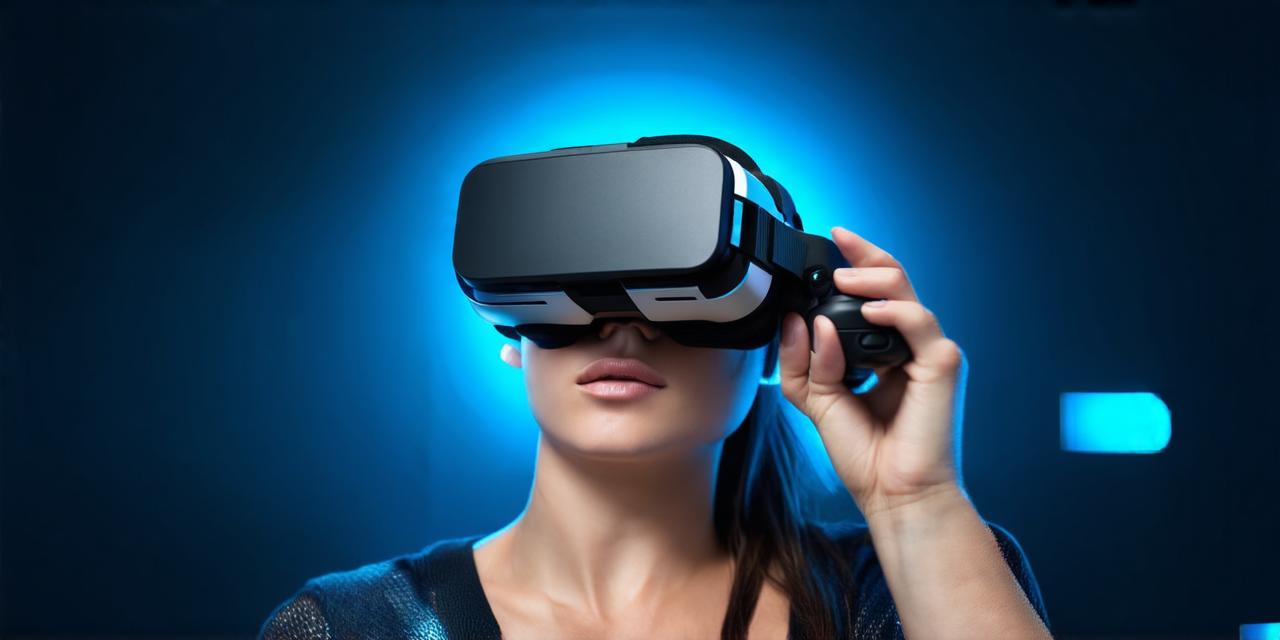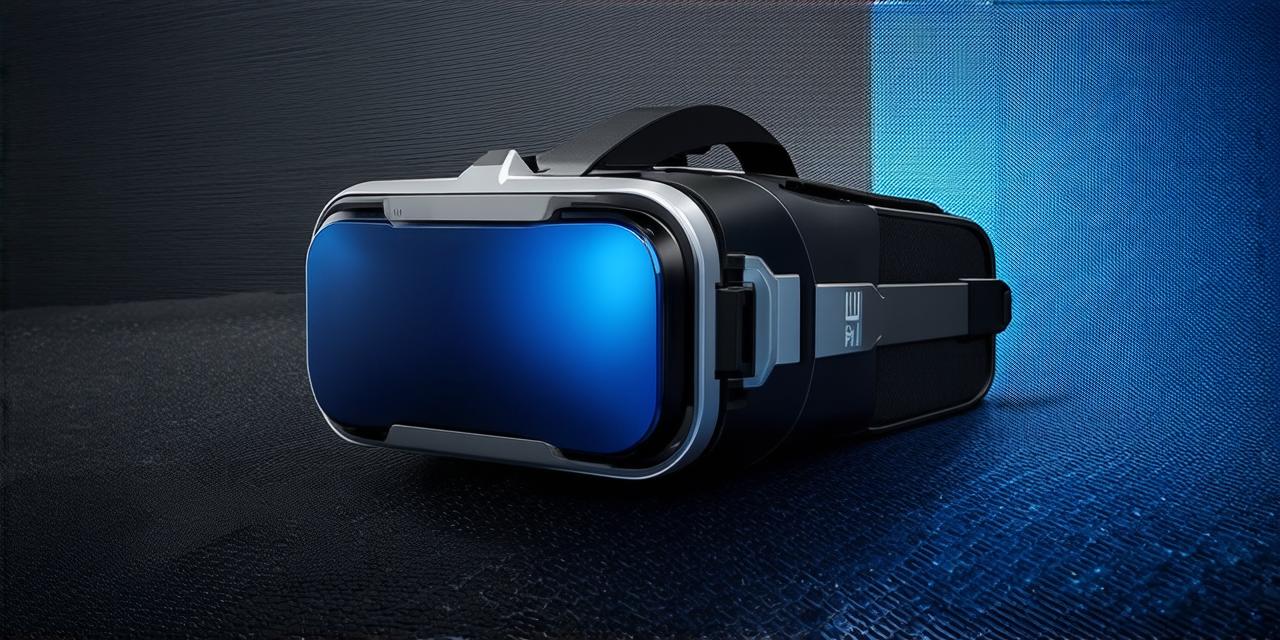Virtual reality (VR) technology has come a long way since its inception, with numerous types of VR systems available today.
Here is an overview of the different kinds of virtual reality:
1. Mobile VR

Mobile VR is a type of VR that is accessible through smartphones or tablets. This type of VR is often experienced through mobile applications and can be used in a variety of settings, including public spaces and personal homes. Mobile VR typically involves using head-mounted displays (HMDs) and controllers to interact with virtual environments.
2. Desktop VR
Desktop VR is a type of VR that is experienced through a computer or laptop. This type of VR typically requires a dedicated graphics card, as well as a powerful CPU and sufficient RAM. Desktop VR can be used in a variety of settings, including personal homes and professional environments. It often involves using HMDs and controllers to interact with virtual environments.
3. Console VR
Console VR is a type of VR that is experienced through gaming consoles such as the Oculus Quest or PlayStation VR. This type of VR typically involves using specialized controllers to interact with virtual environments, as well as headsets that provide immersive visual experiences. Console VR is often used for gaming, but can also be used for other types of interactive experiences.
4. Room-scale VR
Room-scale VR is a type of VR that involves setting up virtual environments in a physical space. This type of VR typically requires a dedicated area within the room, as well as specialized equipment such as HMDs and motion tracking sensors. Room-scale VR can be used for a variety of purposes, including gaming, training simulations, and interactive experiences.
5. Wireless VR
Wireless VR is a type of VR that allows users to experience virtual environments without the need for cables or wires. This type of VR typically involves using specialized equipment such as wireless HMDs and motion tracking sensors, as well as controllers that can be used wirelessly. Wireless VR is often used in public spaces, such as museums and amusement parks, to provide immersive experiences without the need for physical connections.
6. Augmented reality (AR)
Augmented reality is a type of virtual technology that overlays digital information onto the real world. This type of technology can be used in a variety of settings, including gaming, education, and healthcare. AR typically involves using specialized glasses or headsets to view virtual content overlaid onto the real world.
7. Mixed reality (MR)
Mixed reality is a type of virtual technology that combines elements of both augmented reality and virtual reality. This type of technology allows users to experience both virtual environments and the real world simultaneously, allowing for more immersive experiences. MR typically involves using specialized equipment such as HMDs and motion tracking sensors, as well as controllers that can be used to interact with both virtual and real-world elements.
Overall, there are numerous types of virtual reality available today, each with its own unique features and capabilities. The type of VR that is best suited for a particular application will depend on factors such as the intended use case, budget, and available equipment.



